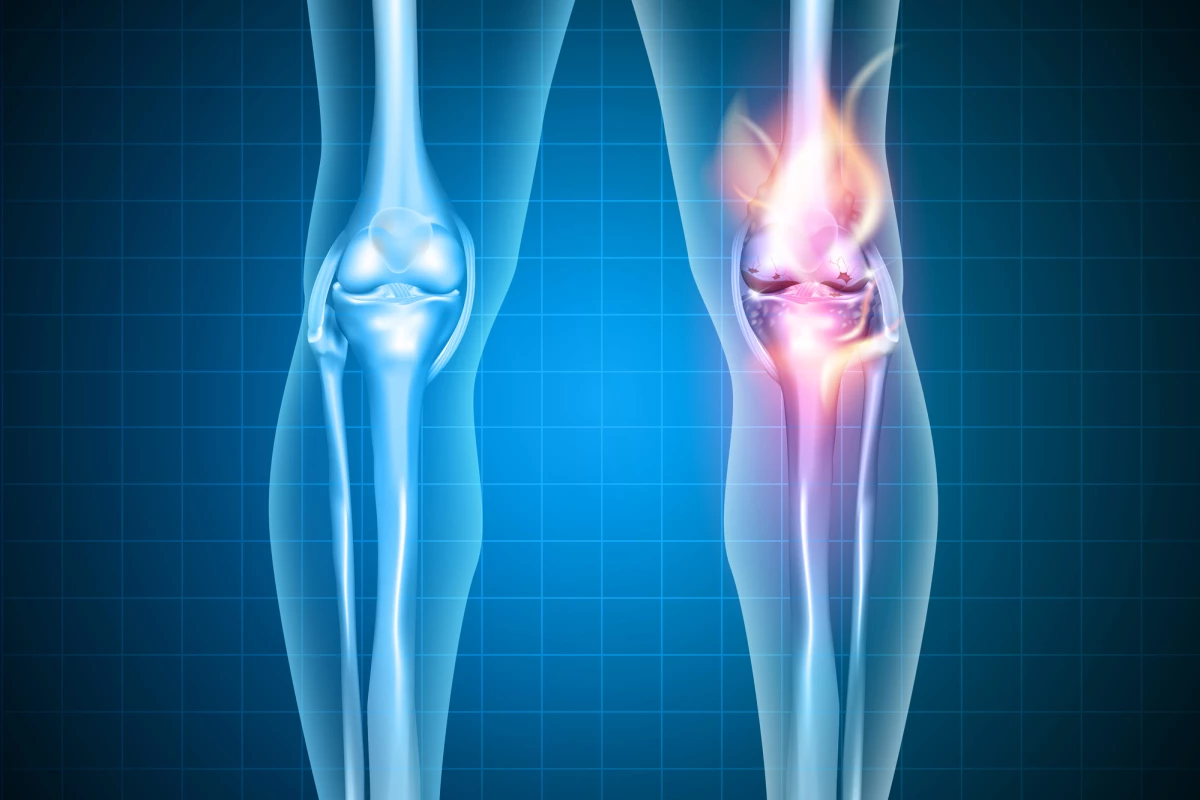Where much of the osteoarthritis experienced by more than 32 million Americans is brought on by gradual wear and tear on the joints, some is triggered by injuries to the articular cartilage that covers the ends of the bones. Scientists have developed an injectable gel that can prevent this form of osteoarthritis taking hold, by allowing for sustained delivery of drugs in the damaged joints to keep inflammation at bay.
The focus of this new study is a form of osteoarthritis called post-traumatic osteoarthritis (PTOA), which is a consequence of damage to a joint. It accounts for 10 percent of all osteoarthritis cases and is disproportionately seen among military personnel. As it stands, medications are available to relieve the pain, but there are no therapeutics to slow or stop the condition from progressing.
This is due to the inherent difficulties in having drugs reach the affected joints and remaining there long enough to suppress the inflammation and promote the regeneration of cartilage. A team from New York University believe they have now developed both the optimal therapeutic payload and the vehicle to deliver it, as a way of overcoming this obstacle and halting the onset of PTOA.
At the heart of the solution is a compound consisting of polypeptides, proteins and an anti-inflammatory growth factor called Atsttrin, which were fashioned into an injectable polymer gel. At body temperature, these compounds form a porous network that provides the optimal biomechanical environment for the prolonged release of the anti-inflammatory growth factors, while promoting the regeneration of tissue.
The team was able to demonstrate this through in vitro experiments and then through in vivo experiments on rabbits, where the gel protected against the onset of progression of PTOA in their anterior cruciate ligaments. Importantly, the gel is based on proteins rather than synthetic materials and should therefore be well-tolerated in the body and biodegrade within weeks.
There is still work to do in determining the optimal dosage for different scenarios, as the experiments involved the same single drug concentration as a means of both preventing and treating PTOA. But the scientists believe that these promising early results provide the basis for a novel therapy not just for PTOA, but other conditions characterized by damaged, inflamed joints.
“Future exploration of higher drug loads and/or repeated drug administration in larger cohorts and a detailed in vivo assessment will allow us to optimize the utility of our Atsttrin-loaded construct in PTOA progression,” said study author Jin Kim Montclare. “Our study not only supplies additional evidence supporting the protective application of Atsttrin in the pathogenesis of PTOA but also describes development of a new minimally invasive drug delivery system that may be implemented to prevent and treat PTOA and other degenerative joint diseases as well.”
The research was published in the journal Biomaterials.




